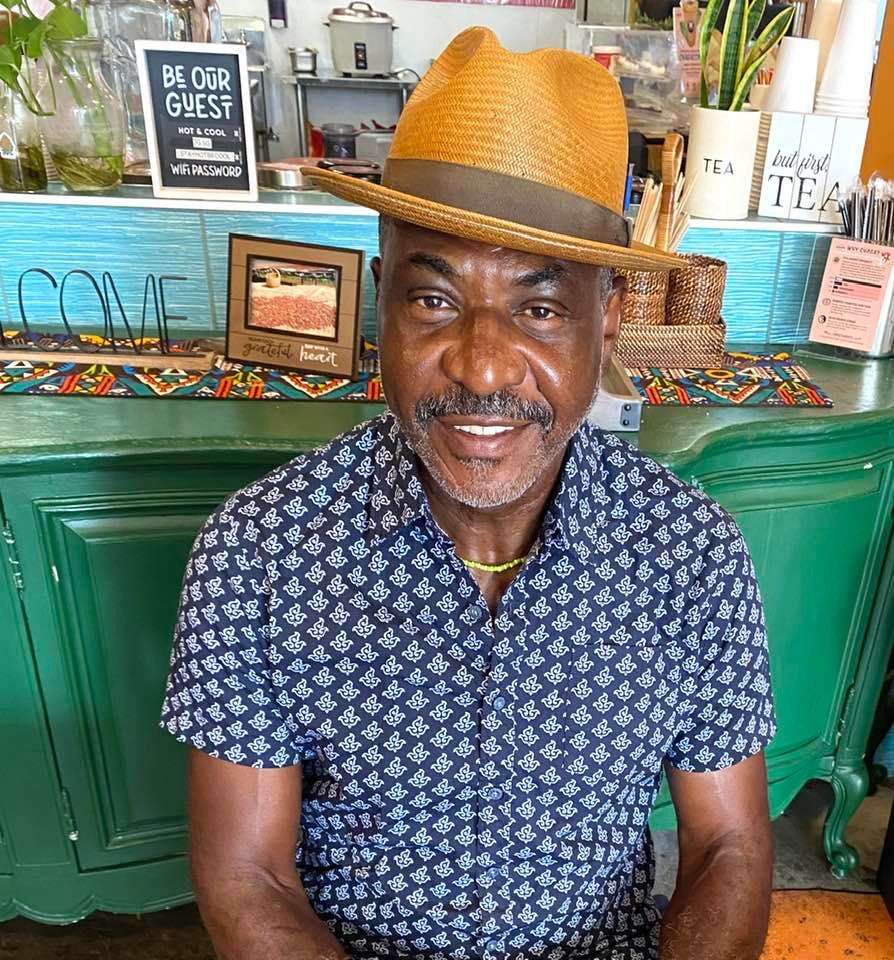
*Randal Henry is one of South L.A.’s biggest cheerleaders. His admiration and affection for the area where he grew up, shines in two books he’s written on the subject.”
“Born in South LA – 100+ Remarkable African Americans Who Were Born, Raised, Lived or Died in South Los Angeles,” and “Go Crenshaw – An Afrocentric Guide to the Crenshaw District,” are the tomes in which he generously highlights aspects of the historic Destination Crenshaw project.
What matters to Henry is documenting what makes the heart of Black Los Angeles a unique neighborhood. And it comes down to the people.
Sitting inside the popular Hot & Cool Café in Leimert Park, Henry is dressed in a casual blue shorts outfit and sandals, boldly accentuated with a golden fedora. While slowly sipping some herbal tea, he explains what drove him to write both tomes.
MORE NEWS ON EURWEB: Chaka Khan: Auto-Tuned Singers Should ‘Get a Job at the Post Office!’
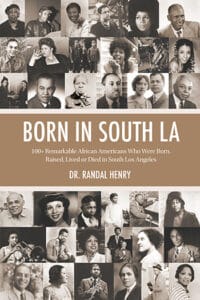
In ‘Born in South LA,’ released in February of 2021, Henry documents the stories, struggles, accomplishments, and significant events of some of the people who have contributed to the South Los Angeles community.
“One of the reasons I wrote the book is because I kept encountering people who knew nothing about African Americans from South L.A.,” Henry said. “They only knew what they saw on television or read in the newspaper. I wanted them to have a deeper understanding of the genius that currently resides, or used to reside in the area.”
He also wrote the book to satisfy his own curiosity.
“I would drive past buildings every day that had names on them of people that I was unfamiliar with,” he said. “I wondered who they were and why they were significant enough to have their names on a building. I made a list of all the public buildings and decided to find out who they were named for and why.”
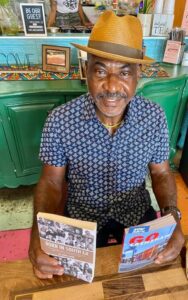
In ‘Born In South LA,’ which took two and half years to write, he profiles each “genius.” Each chapter provides essential information detailing various remarkable achievements by African/Black Americans from South LA from every walk of life.
Some of the 106 persons featured in the book (55 men and 51 women) are well-known, but others are less so. They include Chester Washington, who built a 13-newspaper publishing empire, George W. Bright, the first African American promoted within the Los Angeles Fire Department, actresses Marla Gibbs and Issa Rae, Georgia Ann Robinson, the first African American female police officer with the Los Angeles Police Department, Archbishop Carl Bean, a leader in the LGBTQ church movement, and more.
Henry got the idea for his second book, ‘Go Crenshaw,’ during a trip to Aswan, Egypt in 2019. While in the Nubia region, he visited the Temple of Queen Hatshepsut.
“It’s a very humble place,” Henry said. “While there, the tour guide showed off the best parts of the city. They were proud of what they had and wanted to share it with the world. They wanted people to know that if they came to see it, we would love it as much as they do. When I saw that, I was like, ‘We have a lot going on but I’m not sure we feel this way about Crenshaw. We can do more polishing of our own apple.’”

Henry said that he “felt inspired to go back and take this feeling back home.”
“I wanted people to see what I love about South L.A. – just like those folks are showing me what they love about their country,” Henry said. “Their pride was inspiring. We could use a little bit of that, which is why I like Destination Crenshaw. It shines a light on the positive contributions of the community. Looking at the past and going forward. Destination Crenshaw is polishing our apple.”
When he returned, Henry wrote the book he wanted to read, an Afrocentric guide to “see, do, hear, taste and experience the best of the Crenshaw District.”
“I wanted to read a book that expressed the unfathomably deep love that we the people of South Los Angeles – particularly African Americans – have for South LA,” Henry said.
In the book, there are more than 300 distinct entries – listed from A-Z – with things to do within a five-mile radius of MLK Boulevard and Crenshaw.
Henry lists 63 things to see and do in and around Leimert Park Village including the fountain in Leimert Park, Hot & Cool Café, Nappily Naturals & Apothecary, and the mural at the Liquor Bank called Elixir.
“It’s all about having an afro-futuristic vibe,” Henry said. “I like to think of Leimert Park the way John Singleton described it, as ‘The Black Greenwich Village.’”
He also included Destination Crenshaw, the 1.3-mile open-air art and culture corridor being built along Crenshaw Boulevard, which appears under four separate listings in the book.
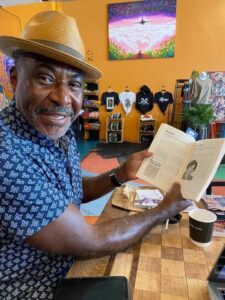
When it comes to Destination Crenshaw, Henry, the married father of two, said he understands that “the open-air art installation public art project is meant to define this community as a destination and pay homage to people who have been in the community.”
“It’s about place-making,” he said. “We need more place-making and destinations in South Los Angeles. We need to polish our own bells and toot our own horns. We need to let people know who we are. We lack placement. ‘Go Crenshaw’ is my homage to Crenshaw.”
To Henry, whose office is in Leimert Park, Destination Crenshaw “is not only needed but also wanted.”
“It’s a great opportunity for this community,” Henry said. “It provides ancillary opportunities for tourism, biking, and walking. It can be used as a stepping stone for engaging people in the community. It gives us in the community one more thing to be proud of.”
Dr. Henry comes with impressive credentials.
He has a B.A. in political science from Cal Poly Pomona and a master’s and a doctorate in public health from UCLA. A scientific author, Henry has done numerous scientific health reports. He was a senior research scientist for the federal government assigned to the Department of Defense and Veterans Affairs Administration, and worked for UCLA, Children’s Hospital Los Angeles, and the L.A. County Department of Health.
He is the executive director of the Center for Healthy Neighborhoods, a nonprofit working to improve health and well-being in under-resourced communities.
Henry doesn’t just talk the talk, he walks the walk.
“My work focuses on issues impacting public health among Blacks in the city of LA and in LA County,” said Henry who facilitates the Crenshaw Walks for Health & Fitness, a group that promotes walking to strengthen one’s health and sense of community. “Walking is a way of directly uplifting the health of my community.”
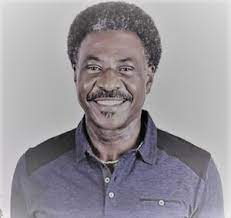
The most pressing public health issue currently in L.A.’s Black community, he says, is preventable chronic diseases.
“Cardiovascular and lung diseases like COPD, diabetes, and heart disease are largely preventable,” said Henry, a former epidemiologist, who was a pedestrian injury prevention coordinator with the Los Angeles County Department of Public Health. “You can walk off diabetes. The risk of a stroke, you don’t need money to do it. We need safe pedestrian movement. Food costs, but walking doesn’t cost. There are things we can do for ourselves. We can come out of our house and go for a walk. After that, it’s the disparities in treatable conditions.”
Henry has lived in various pockets of “the community” his entire life, including Baldwin Village (an area also known as The Jungle), Willowbrook, Watts, Compton, and the Crenshaw District now called Crenshaw Manor.
Over the years he watched as Black people began to move out of the city – pointing to drugs and violence as the culprit.
“Even with all of that, Los Angeles is a dynamic place,” said Henry. “This is still the funkiest place to live.”
Even when situations in the area got rough, like, during the era of the Rodney King beating and the subsequent Los Angeles uprising, Henry remained in the area, almost as if it was his duty and responsibility as a Black man.
“Through it all, I never lost my love for Los Angeles,” said Henry. “We were wounded by the neglect and disbursed as African Americans by the neglect. But, I still love it because of my people. These are my people.”
We Publish News 24/7. Don’t Miss A Story. Click HERE to SUBSCRIBE to Our Newsletter Now!





